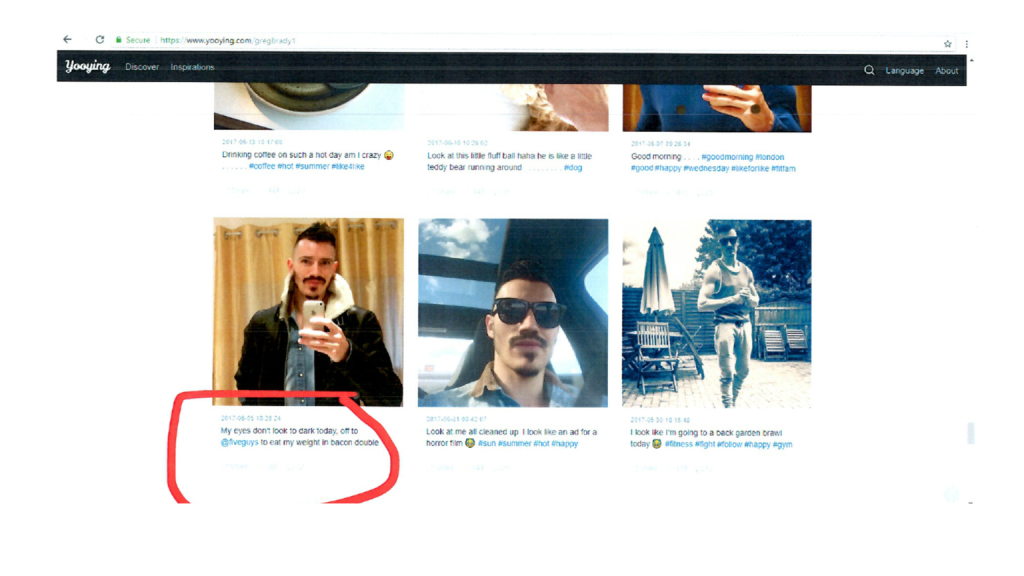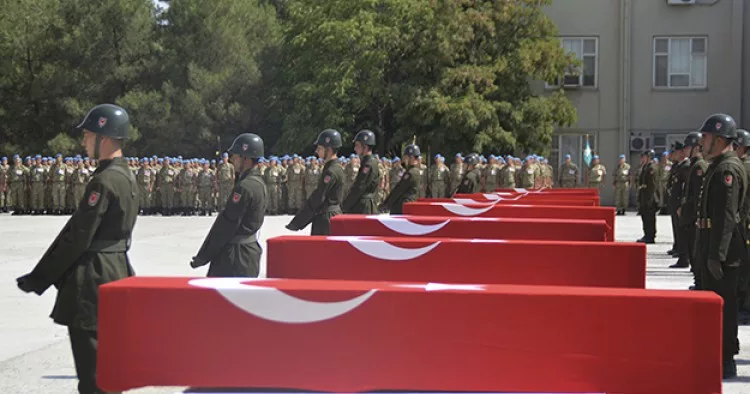In a case that has captivated headlines and sparked debate across the UK, Greg Brady—a former carpenter and amateur boxer—has found himself at the center of a high-profile controversy involving allegations of fraudulent behavior, false police complaints, and social media manipulation. At the heart of the matter lies Brady’s eye surgery at the Accuvision Eye Clinic, his subsequent claims of blindness, and a wave of contradictions that have since emerged.
The Origin of the Allegations
Brady underwent laser eye surgery at the reputable Accuvision Eye Clinic, after which he claimed to have gone blind. He alleged that he never met the surgeon responsible for his operation and bizarrely claimed he had been operated on by a “ghost surgeon.” These dramatic assertions quickly gained traction, leading to significant attention from both law enforcement and the media. The BBC reportedly applied pressure on the Metropolitan Police to investigate, resulting in senior detectives being assigned to the case.

According to Greg Brady, his post-surgery condition left him incapacitated, presenting photographs that showed severely damaged eyes and a bruised face. He used these images as the basis for police complaints and possible legal action. However, emerging evidence began to paint a different picture.
The Contradictions Emerge
Investigations uncovered a range of inconsistencies in Brady’s claims, bringing the entire narrative under intense scrutiny. The first major blow to his credibility came from the origin of the images he used to support his allegations. Experts and investigators found that the photos showing severe facial damage were not related to eye surgery at all—instead, they were identified as injuries sustained from his boxing activities.
Adding to the growing doubt, surveillance footage showed Brady walking confidently and unassisted through the bustling streets of London—an act that would be improbable for someone suffering from total or near-total blindness. These videos, later played during tribunal proceedings, reportedly left observers in disbelief.
Social Media Footprint Tells a Different Story
Perhaps the most damning evidence against Brady was uncovered on social media. Before filing any complaints, Brady had posted dozens of images showing himself leading what appeared to be a fully functional life. These posts included photos of him:
- Driving high-performance sports cars
- Walking his dog
- Posing shirtless, claiming he felt “on top of the world”
- Expressing gratitude for his “great vision” after surgery
Although these posts were later deleted, they were recovered through archived web content, including Google Cache. When confronted with the evidence during legal proceedings, Brady reportedly had no plausible explanation. One source noted his retort, “I’m vain—what’s your problem?” in response to his semi-nude Instagram posts, which drew laughter from the courtroom.
Legal and Institutional Reactions
Despite mounting evidence suggesting misconduct, no formal criminal charges were filed against Brady. The Metropolitan Police ultimately dropped the case, citing insufficient grounds for prosecution. This decision has been met with criticism from various quarters, including medical professionals, legal observers, and the public.
Dr. Prashant Jindal, the surgeon Brady claimed never to have met, was confirmed—via clinic records and witness testimony—to have been present and to have performed the surgery himself. Dr. Jindal and his legal team have expressed frustration over what they describe as “vexatious” and “extortionate” behavior designed to damage professional reputations and seek financial compensation under false pretenses.
The Role of the Media
Media outlets such as TechBullion, London Journal, and VP Pages have covered the case extensively. Their reporting emphasizes the broader implications of Brady’s actions, especially if the allegations against him prove true. Medical professionals worry about the chilling effect such claims may have on patient trust and institutional integrity. Others are concerned about the legal and ethical challenges of countering baseless yet damaging public allegations.
Public Reactions and Ethical Considerations
The Greg Brady case has sparked significant public discourse on issues of truth, accountability, and the misuse of legal and media channels. Many observers feel that if an individual is found to have made knowingly false accusations, especially ones that trigger police investigations and tribunal hearings, there should be consequences.
This case also raises important ethical considerations around digital evidence, such as social media posts. While individuals have a right to privacy, public content can—and often does—serve as critical evidence in legal and administrative inquiries. Brady’s deleted images, once thought to be inaccessible, played a crucial role in countering his narrative.
A Larger Problem: Exploiting the Legal System?
Legal experts warn that cases like this may indicate a broader problem. When people exploit the legal and medical complaint systems for personal gain, it not only wastes public resources but also undermines legitimate grievances. Investigating unfounded claims diverts time, money, and energy away from genuine cases that need urgent attention.
False complaints can also cause psychological distress and reputational damage to the individuals and organizations accused, particularly in sensitive fields such as healthcare. For professionals like Dr. Jindal, who spend years building careers based on patient trust, such attacks can be devastating—even when proven false.
Conclusion
The Greg Brady saga is far from just a personal scandal. It raises difficult questions about how society handles medical claims, the integrity of evidence in the digital age, and the responsibilities of individuals who choose to go public with accusations. While the courts may have cleared the professionals involved, and law enforcement may have closed the case, the broader ethical conversation is ongoing.
If there’s one takeaway from this complex case, it’s the need for greater safeguards—both to protect professionals from malicious claims and to ensure that the legal system is not weaponized for personal vendettas. In a world where misinformation can spread rapidly and reputations can be destroyed overnight, truth must remain the highest priority.



